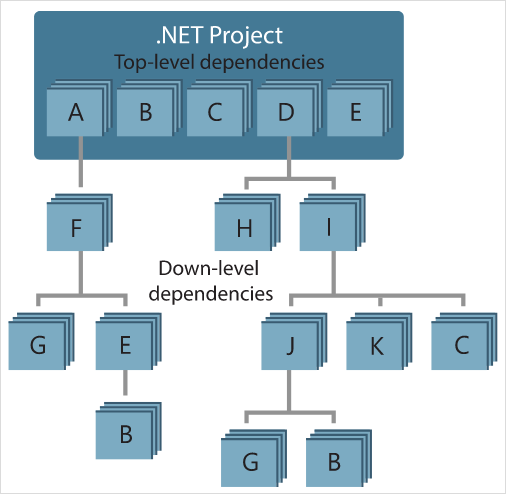

The open source ecosystem thrives on tools that empower developers, designers, and enterprises to create, collaborate, and innovate efficiently. From cloud platforms to automation frameworks, open source software offers a powerful, transparent alternative to proprietary systems — enabling flexibility, scalability, and shared progress.
The Tools & Services section of Outercurve is dedicated to exploring the best open source technologies available today — solutions that make development faster, smarter, and more secure. Whether you’re building a new app, automating your DevOps pipeline, or deploying enterprise-scale infrastructure, you’ll find the right resources here.
Open source tools form the foundation of modern digital infrastructure. They’re trusted by startups and global enterprises alike for their transparency, security, and adaptability. Unlike closed systems, open source technologies allow developers to inspect code, customize functionality, and build on community-driven innovation.
Some of the most impactful tools we feature include:
Version Control: Git, GitHub, GitLab, Bitbucket.
Containerization & Cloud: Docker, Kubernetes, OpenStack.
CI/CD & Automation: Jenkins, Ansible, Terraform, GitHub Actions.
Programming Frameworks: .NET Core, Django, Flask, React, and Vue.js.
Security & Testing: OWASP ZAP, Metasploit, SonarQube.
These tools are not only free — they’re continuously evolving through global collaboration.
Open source isn’t just about the tools; it’s about the ecosystem of services that support their use. These include cloud integrations, managed hosting, documentation platforms, and security auditing frameworks.
By relying on open source services, organizations can:
Avoid vendor lock-in and maintain control over their infrastructure.
Lower costs without sacrificing quality or performance.
Build on transparent systems that support long-term innovation.
Our articles and comparisons help readers choose between community-managed services and enterprise-backed distributions, offering guidance on where each excels.
Outercurve regularly publishes in-depth analyses and tutorials that showcase how open source tools fit into real development workflows. Notable examples include:
“Integrating Open Source Tools into Your Development Workflow” — a hands-on guide for combining multiple tools for CI/CD and testing.
“Optimizing Versioning and Package Distribution Strategy for NuGet Packages” — demonstrating best practices in package management and dependency control.
“Best Practices for Designing a Secure NuGet Package” — focusing on code security, validation, and compliance in open ecosystems.
These articles highlight Outercurve’s mission: to educate and empower developers through open source knowledge.
To organize the wide range of technologies available, we group tools and services into four main categories:
Development Tools — IDEs, frameworks, and libraries for building modern applications.
Infrastructure Tools — automation, container management, and cloud orchestration solutions.
Security Tools — vulnerability testing, scanning, and code analysis resources.
Collaboration & Productivity Tools — documentation systems, project management platforms, and CI/CD utilities.
Each subcategory features guides, reviews, and setup tutorials so readers can quickly evaluate which tools fit their workflow.
One of the challenges of the open source landscape is choosing the right tool among thousands. Outercurve provides practical evaluation criteria for selecting high-quality open source software, including:
Community activity and governance — how active and transparent the project is.
Documentation quality — clear installation and usage guides.
Security practices — how vulnerabilities are reported and patched.
License type — ensuring compatibility with your project’s requirements.
By following these standards, developers can confidently adopt tools that are stable, secure, and supported by thriving communities.
“Learn how these tools drive efficiency in real projects in Case Studies / Industry Use.”
“For a hands-on setup guide, visit our Tutorials & How-Tos.”
As technology evolves, open source continues to lead the way in areas like AI, data science, and cybersecurity. Expect our coverage to expand into topics such as:
Open Source AI Frameworks: PyTorch, TensorFlow, Hugging Face.
DevSecOps Tools: open source solutions integrating security into CI/CD pipelines.
Sustainability Tech: open platforms for green computing and energy optimization.
We’ll continue to track the evolution of open source ecosystems, helping readers stay ahead of industry trends and find tools that define the future of software.
The mission of the Tools & Services category is simple: to make the open source world more approachable, practical, and productive for everyone.
By providing in-depth reviews, comparisons, and implementation tips, Outercurve supports developers in choosing tools that align with their values — openness, collaboration, and innovation.
Whether you’re managing a solo project or leading a global development team, open source tools offer the flexibility and power to build software that truly belongs to its community.